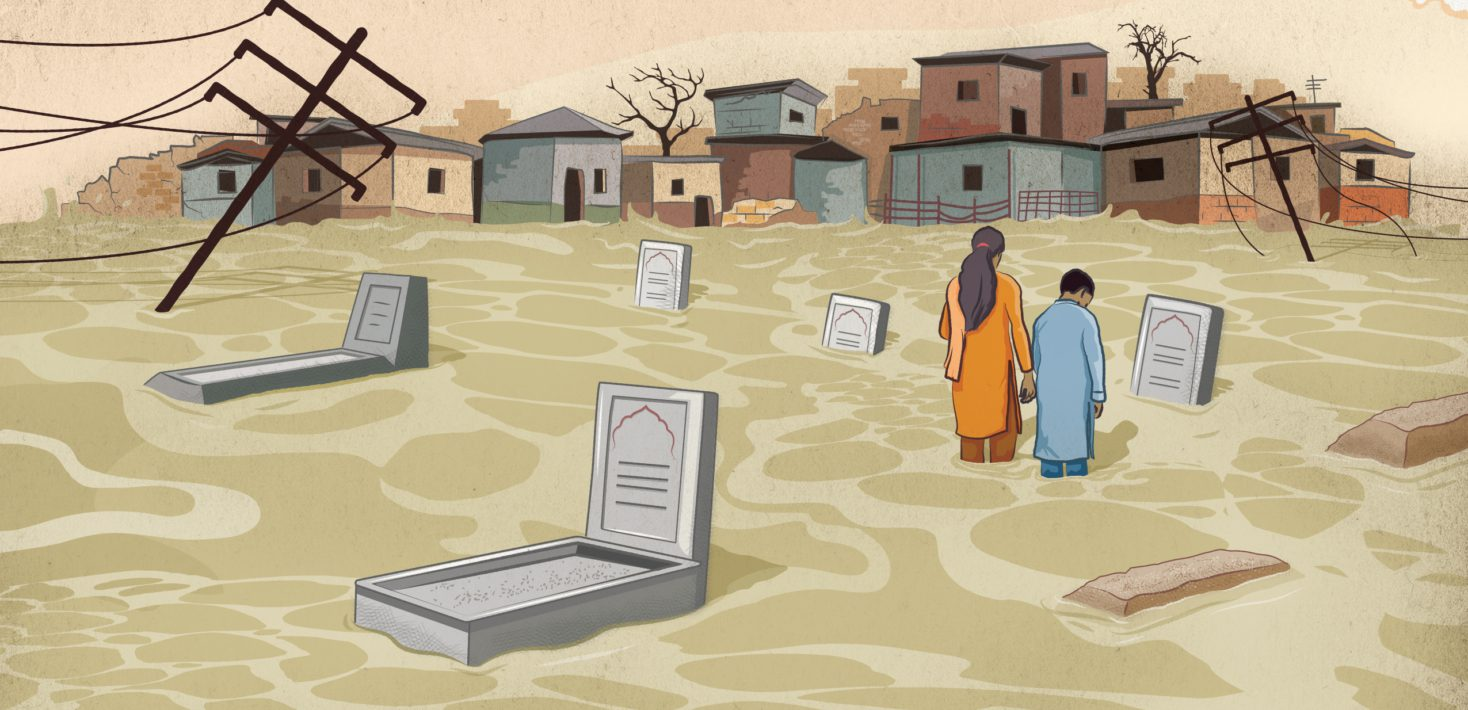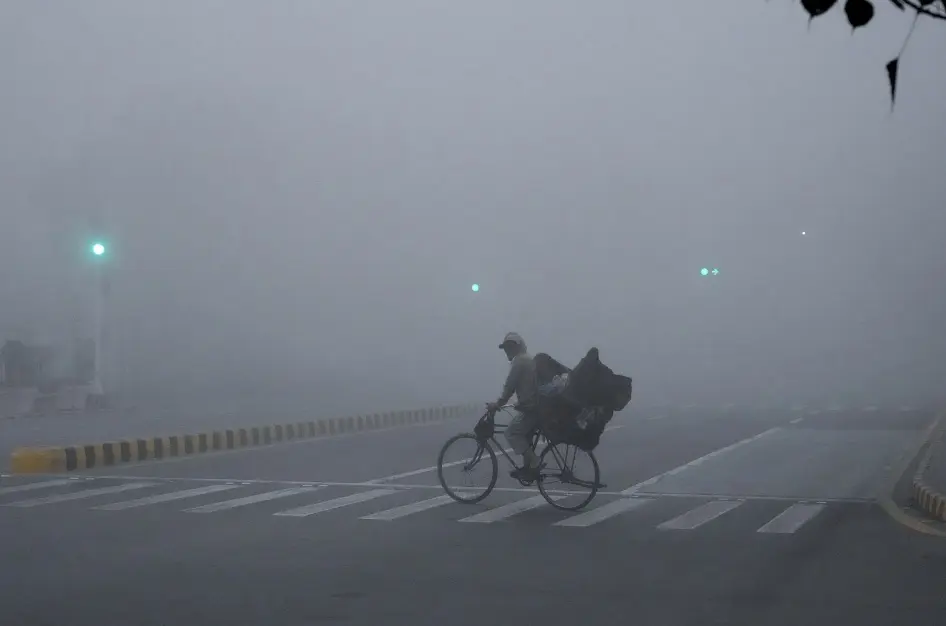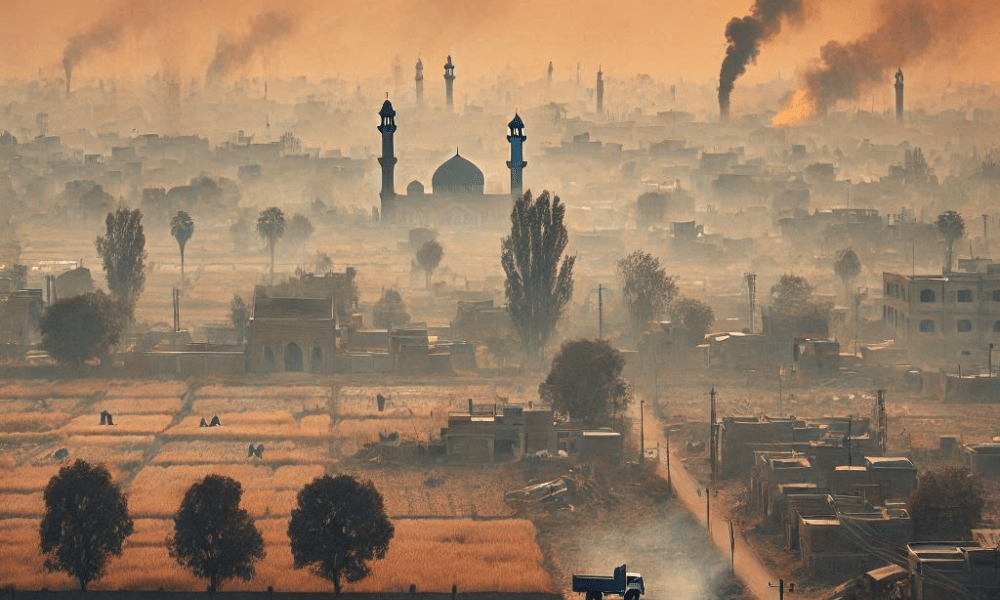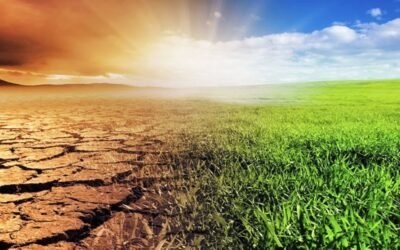Environmental disasters in Pakistan, particularly floods, significantly increase health risks through waterborne diseases (like malaria, cholera, and dengue), vector-borne diseases (spread by mosquitoes), skin and eye infections, and respiratory illnesses from poor sanitation and contaminated water. They also disrupt health services, cause malnutrition, exacerbate existing health conditions, and contribute to mental health issues such as anxiety and PTSD. Air pollution is another major environmental health risk, linked to respiratory and cardiovascular diseases.
Environmental disasters are no longer rare in Pakistan. Floods, heatwaves, and air pollution strike repeatedly—and each disaster brings serious health risks. These disasters affect how people breathe, what they eat, and how they live. The good news: with smart planning and strong state response, we can protect lives and build better health systems for the future.
You May Like To Read: Impact of Global Warming on Agriculture in Pakistan
Floods Bring Immediate and Long-Term Harm
Floodwaters carry many dangers. First, there is a risk of drowning, injuries, and even electrocution when people walk through or drive in flood zones. Flooded areas are also full of germs and poisons, which lead to diseases like cholera, typhoid, and diarrhea. Skin infections, eye problems, and mosquito-borne illnesses like dengue and malaria also rise after floods. Mosquitoes breed in standing water, spreading disease quickly.

Image Credit: Gavi—Floods and health risks
During the massive 2022 floods, about 1.7 million people lost access to medical care. Over 40,000 cases of dengue were reported, and malaria cases rose sharply. Hospitals and clinics were damaged, making care hard to reach. These conditions also threaten the most vulnerable, especially young children and older adults. Many lost access to clean water, medication, and food.

Image Credit: Amnesty report on floods and health
Heatwaves Strike When People Are Least Prepared
In 2024, a brutal heatwave hit southern Pakistan and Sindh province, with temperatures rising above 49°C. In just a few days, more than 568 people died. Hospitals admitted thousands of patients with heat stroke. Many of those affected were the elderly, the poor, and those working outside without shade. When the state declared heatwave shelters and cold-water stations, it helped, but only partially. The healthcare system was already overburdened.
Air Pollution Creates Silent Health Threats
In cities like Lahore, air pollution sometimes reaches levels of almost 2000 on the Air Quality Index. These readings far exceed the safety level (AQI 300 is considered hazardous). This polluted air affects everyone, especially children, the elderly, and people with breathing problems.

Image Credit: Human Rights Watch on air pollution
Long-term exposure causes lung diseases, heart problems, reduced life expectancy, stillbirths, and low birth weight in newborns.
The government has taken steps like shutting schools during bad smog days and promoting cleaner fuels. These moves help, but more is needed to reduce the damage.

Image Credit: Dawn
Displacement Brings Added Health Risks
Floods and other disasters often force families to move from their homes. In crowded shelters or camps, hygiene becomes a big challenge. Diseases spread fast where people are close together, and clean water, toilets, or medicines might be missing.
Displaced women, especially pregnant ones, face additional risks. Many cannot access childbirth care, hygiene products, or safe areas. Children also miss education and face stress from the disaster.
Refugees Face Chronic Health Burdens
It is not just floods and heat; climate change hits harder than before. Pakistan contributes less than 1% of global greenhouse gas emissions, but it is among the most vulnerable countries. Heat, droughts, floods, and rising sea levels are taking a toll on health.
Children and the elderly are most likely to suffer long-term harm, yet they are often the least counted in official data.
What the State is Doing Right?
It is not all despair. Pakistan’s government is working hard to reduce these risks.
- Vaccinations and Medical Camps – During floods, mobile teams deliver cholera and typhoid vaccines. Medical camps treat skin diseases, diarrhea, malaria, and snakebites.
- Heatwave Shelters and Warnings – In 2024, emergency shelters, water distribution centers, and public advisories helped many during extreme heat.
- Air Pollution Controls – The government has shut schools, limited coal power, and encouraged clean energy to reduce smog.
- Climate Health Planning in Khyber Pakhtunkhwa – KP Health Department launched a Climate Health Adaptation Plan in 2025 to face rising disease trends.
- Better Disaster Response – Rescue teams, the army, health agencies, and local volunteers work together quickly after floods or heatwaves to save lives and reduce illness.
Building Resilient Health Systems
To protect people from the health risks of environmental disasters, Pakistan needs more than quick fixes. It needs lasting health resilience:
- Build strong health infrastructure – Clinics, hospitals, and labs must be flood-proof and power-stable.
- Train health workers – Staff must be ready to treat waterborne, heat-related, and pollution-related illness.
- Improve surveillance – Better disease tracking can help control outbreaks quickly.
- Invest in clean water and sanitation – Safe drinking water means fewer infections after floods.
- Promote air quality improvements – Clean energy, green spaces, and better roads can reduce pollution.
- Support vulnerable populations – Pregnant women, children, and the elderly need special care during disasters.
Health First, Pakistan Always
Environmental disasters are warning signs. They threaten lives in an instant, but health systems can stand strong if prepared. Pakistan is demonstrating its strength by establishing shelters, implementing vaccines, adopting clean energy policies, and developing climate-health plans.
But this fight belongs to everyone. Governments must lead, doctors must be prepared, and communities must support one another. When health is protected during floods, heat, and smog, Pakistan can teach the rest of the world how to recover and stand tall—even when disaster strikes.
You May Like To Read: High-Stakes, High-Altitudes: Pakistan Army in High-Altitude Warfare







